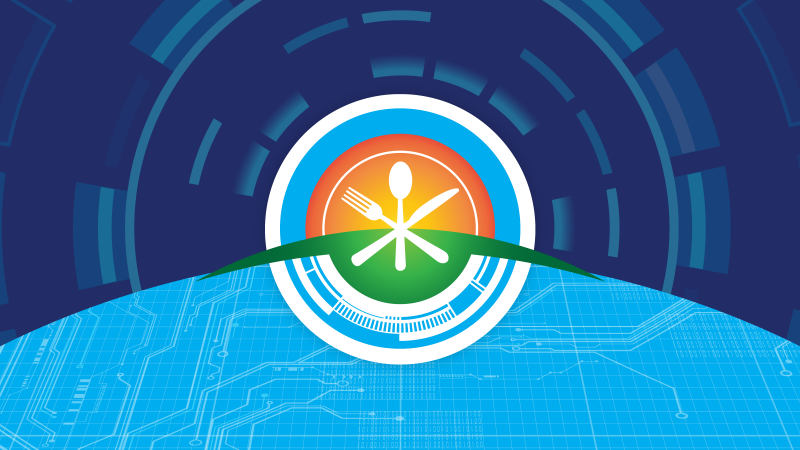Tracking and Tracing of Food
Food traceability is the ability to follow the movement of a food product and its ingredients through all steps in the supply chain, both backward and forward. Traceability involves documenting and linking the production, processing, and distribution chain of food products and ingredients. In the case of a foodborne illness outbreak or contamination event, efficient product tracing helps government agencies and those who produce and sell food to rapidly find the source of the product and where contamination may have occurred. This enables faster removal of the affected product from the marketplace, reducing incidences of foodborne illnesses.
Existing FDA regulations require much of the food industry to establish and maintain records that document one step forward to where food has gone and one step back to its immediate previous source. These requirements establish baseline traceability recordkeeping throughout much of the food system, but these records often prove insufficient to effectively and rapidly link shipments of food through each point in the supply chain. In addition, these existing FDA traceability requirements do not apply to farms and restaurants, meaning that a large part of the supply chain is excluded from keeping these important traceability records. Simply put- the U.S. lacks a harmonized system of traceability from farm to fork that is universally understood and utilized. This means that during an outbreak investigation, our ability to rapidly track and trace food is often impeded by insufficient data identifying a food as it moved through its supply chain. A modern, coordinated approach to traceability that can be used and understood throughout all stages of the food supply chain will go further to reduce foodborne illness, build consumer trust, and avoid overly-broad recalls.
FSMA and Traceability
The FDA Food Safety Modernization Act (FSMA) addresses this need for rapid and effective tracking and tracing of foods. FSMA section 204, Enhancing Tracking and Tracing of Food and Recordkeeping, instructs the FDA to develop additional recordkeeping requirements for certain foods. Section 204 has three major requirements:
FDA must establish pilot projects in coordination with the food industry to explore and evaluate methods and appropriate technologies for rapid and effective tracking and tracing of foods.
- These pilot projects were completed, and in March 2013 FDA released a report containing the findings. In addition, in November 2016, FDA issued a Report to Congress that described the findings of the pilot projects and that also included the agency’s recommendations for improving the tracking and tracing of food, as required by section 204 of FSMA.
FDA is required to designate foods for which additional recordkeeping requirements are appropriate and necessary to protect the public health.
- The FDA published a draft Food Traceability List for public comment.
FDA must publish a notice of proposed rulemaking to establish such additional recordkeeping requirements for the designated foods, to help in tracing such foods.
- The agency published the Proposed Rule, “Requirements for Additional Traceability Records for Certain Foods” (Food Traceability Proposed Rule).
On July 13, 2020, the FDA released the Blueprint for the New Era of Smarter Food Safety. The blueprint outlines the FDA’s vision to enhance traceability, improve predictive analytics, respond more rapidly to outbreaks, address new business models, reduce contamination of food, and foster the development of stronger food safety cultures. Although the FSMA 204 rulemaking is limited to only certain foods, the blueprint identifies it as a foundational first step on the path to promoting tech-enabled end-to-end traceability for all foods. The proposed rule, when finalized, would establish a standardized approach to traceability recordkeeping, paving the way for industry to adopt, harmonize, and leverage more digital traceability systems in the future.

